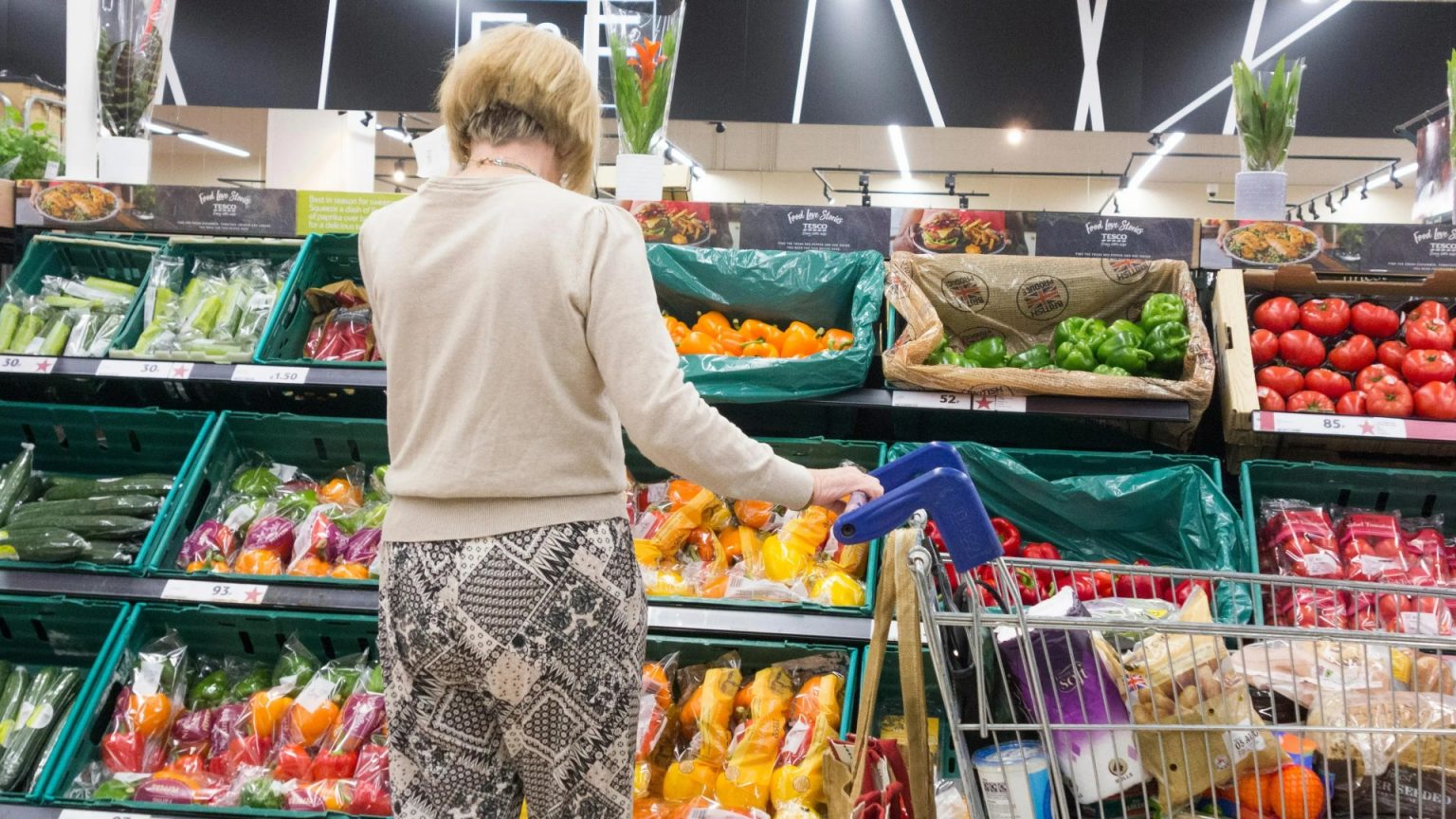Optimizing Food Storage for Longevity and Savings
The staggering £3.8 billion annual food waste figure in the UK underscores the need for effective food storage practices. This waste includes a significant portion of fresh produce – 320,000 tonnes of fruit and a whopping 1.3 million tonnes of vegetables. Proper food storage not only maximizes the lifespan of groceries but also translates to significant financial savings. Understanding the specific needs of different fruits and vegetables can drastically reduce waste and improve household budgets.
Strategic Fridge Placement and Countertop Choices
Contrary to popular belief, not all produce thrives in the refrigerator’s cool environment. Avocados, peppers, and tomatoes, for instance, retain their flavor and freshness better when stored at room temperature on the kitchen counter. Conversely, citrus fruits, being high in water content, are prone to shriveling outside the fridge and benefit from refrigeration. This targeted approach ensures that each item is stored in its ideal environment, preserving its quality and extending its shelf life.
Extending Freshness with Simple Hacks
Simple yet effective techniques can further prolong the lifespan of fresh produce. Bananas, notorious for their rapid ripening, can maintain their freshness for longer if separated from the bunch. This reduces the concentration of ethylene gas, a natural ripening agent, slowing down the process. Herbs, equally susceptible to wilting, can be treated like cut flowers, placed in a glass of water to maintain their vibrancy. Alternatively, chopping and freezing them in ice cube trays provides a readily available supply for future culinary endeavors.
The Art of Fridge Organization
The internal layout of the refrigerator plays a crucial role in food preservation. Different shelves have varying temperature zones, and strategic placement maximizes freshness and minimizes the risk of bacterial growth. Raw meat, fish, and seafood should always occupy the bottom shelf, the coldest part of the fridge, to prevent potential contamination of other foods. The top shelf, being the warmest, is suitable for less perishable items like butter, yogurt, and cheese. Fruits and vegetables, with their varying humidity requirements, should be stored in separate drawers to optimize their longevity. Leafy greens and carrots can be wrapped in paper towels and placed in airtight containers to further extend their lifespan.
Avoiding Overfilling and Utilizing Dual Storage
While a well-stocked fridge minimizes wasted space, overfilling can impede proper air circulation, compromising the effectiveness of the cooling system. Maintaining adequate airflow ensures consistent temperature distribution and optimal food preservation. Certain fruits, like peaches and nectarines, benefit from a two-stage storage approach. Initially stored at room temperature to ripen, they should be transferred to the fridge once ripe to maintain peak freshness. This dynamic storage strategy caters to the changing needs of the fruit throughout its lifespan.
Complementing Smart Storage with Savvy Shopping
Maximizing food lifespan through proper storage can be further enhanced by smart shopping strategies. Utilizing food waste apps like Too Good To Go and Olio, which offer discounted surplus food from local businesses, can significantly reduce both food waste and grocery bills. Capitalizing on "yellow sticker" bargains in supermarkets – discounted items nearing their expiration dates – offers another avenue for substantial savings. Opting for supermarket own-brand products, often significantly cheaper than premium brands, can also contribute to considerable savings without compromising on quality. Combining these savvy shopping habits with effective storage practices creates a powerful synergy for maximizing food value and minimizing waste.


